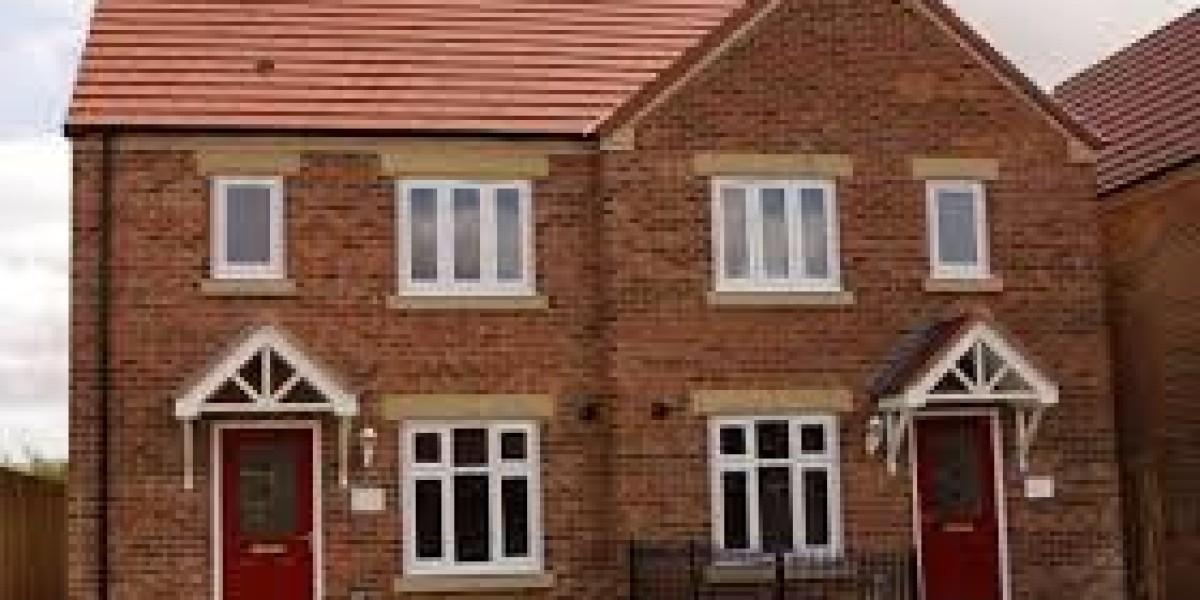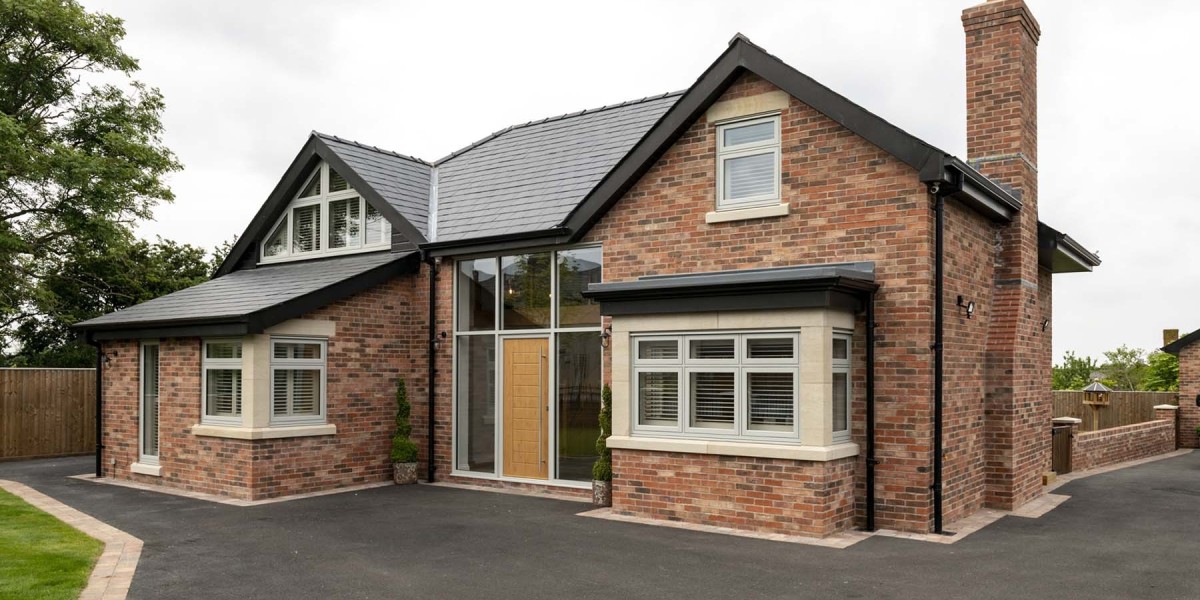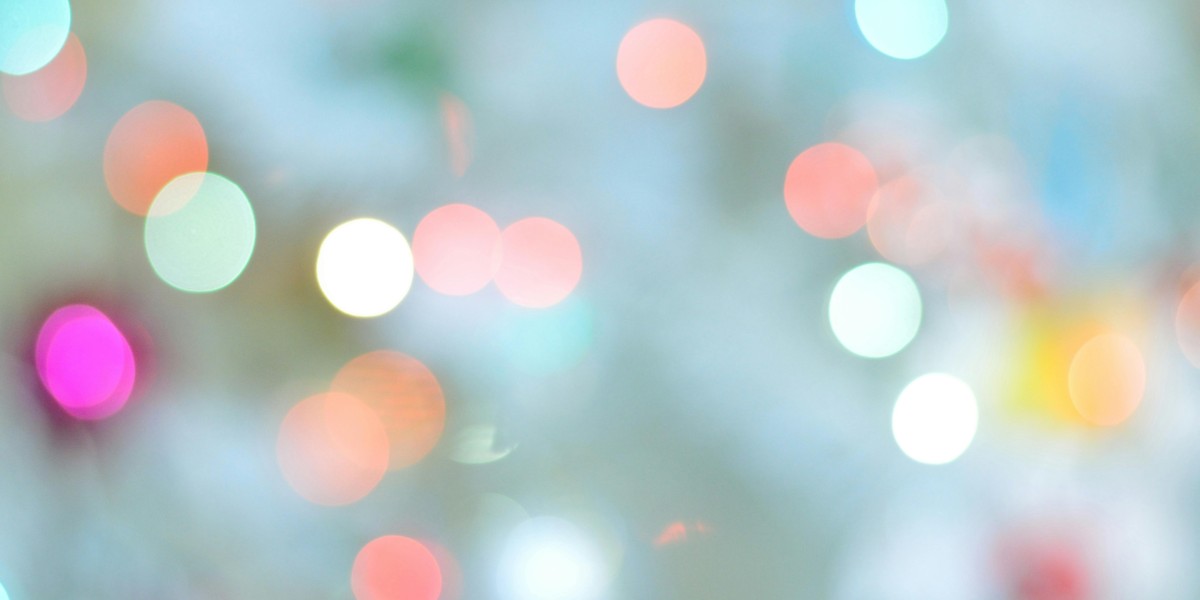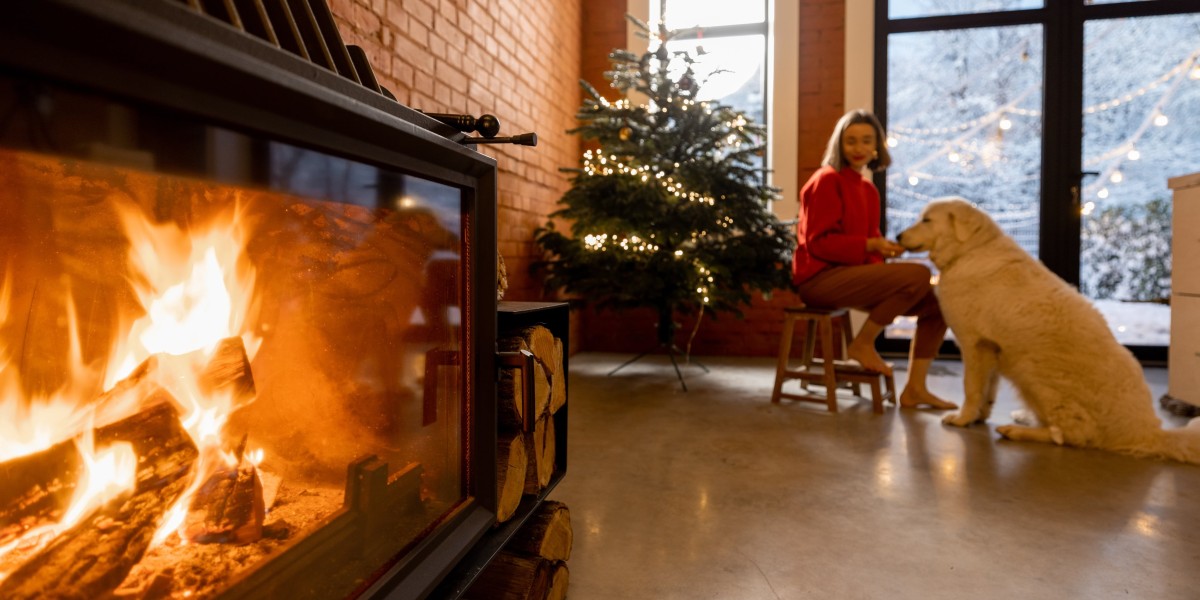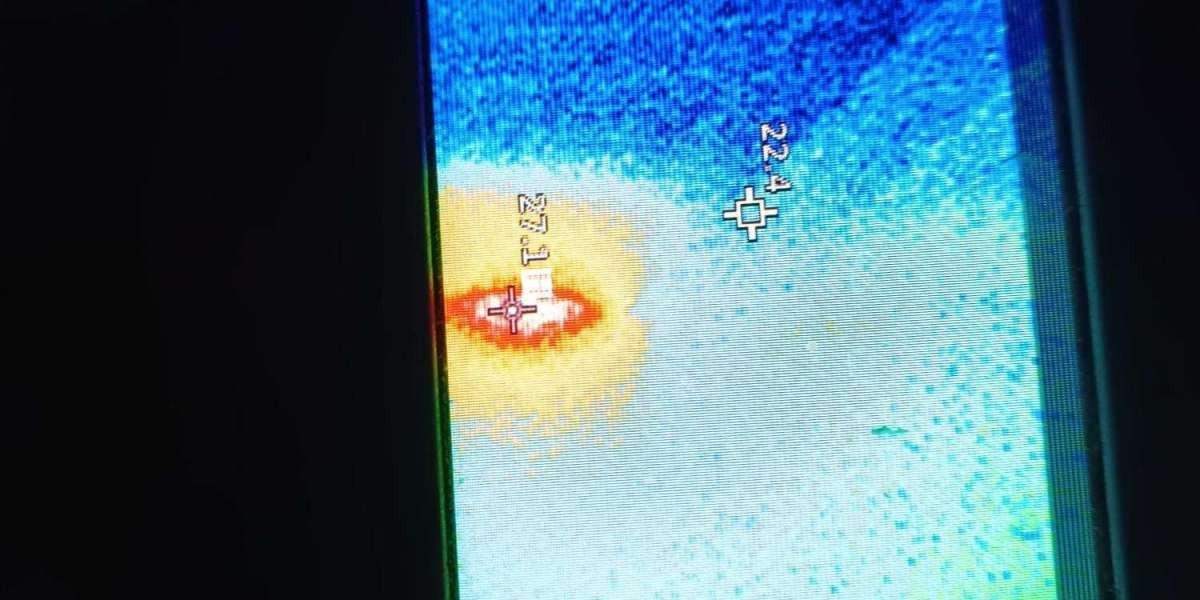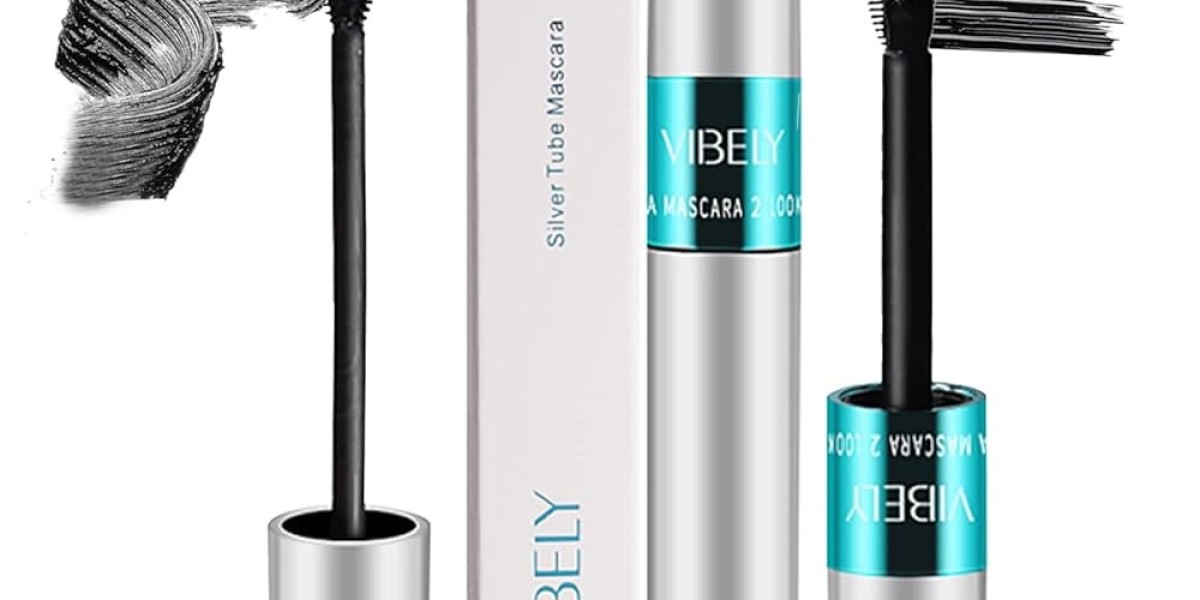UPVC (Unplasticized Polyvinyl Chloride) windows have gained immense popularity in recent years due to their numerous advantages over traditional materials such as wood and aluminum. This report delves into the features, benefits, and installation aspects of UPVC windows, providing a comprehensive overview for homeowners and builders alike.
What are UPVC Windows?
UPVC is a rigid form of PVC that does not contain any plasticizers, making it an ideal material for window frames. UPVC windows are manufactured by extruding the material into various shapes and sizes, allowing for a wide range of designs that can suit different architectural styles. These windows are available in various colors and finishes, including wood grain effects, which can enhance the aesthetic appeal of a property.


Key Features of UPVC Windows
- Durability: UPVC windows are known for their exceptional durability. They are resistant to rot, corrosion, and fading, ensuring that they maintain their appearance and functionality for many years without the need for extensive maintenance.
- Energy Efficiency: One of the significant advantages of UPVC windows is their energy efficiency. They provide excellent insulation, helping to keep homes warm in the winter and cool in the summer. This insulation reduces the need for heating and cooling, leading to lower energy bills.
- Low Maintenance: Unlike wooden frames that require regular painting and treatment to prevent decay, UPVC windows require minimal maintenance. A simple wipe-down with soapy water is usually enough to keep them clean and in good condition.
- Sound Insulation: UPVC windows provide excellent sound insulation due to their multi-chambered design and the ability to incorporate double or triple glazing. This feature is particularly beneficial in urban areas where noise pollution can be a concern.
- Security: UPVC windows can be fitted with advanced locking mechanisms that enhance security. The robust nature of the material itself also adds an extra layer of protection against break-ins.
- Eco-Friendly: UPVC is a recyclable material, and many manufacturers have adopted environmentally friendly practices in their production processes. This makes UPVC windows a more sustainable choice compared to other materials.
Benefits of UPVC Windows
- Cost-Effective: While the initial investment in UPVC windows may be higher than traditional materials, their long lifespan and low maintenance costs make them a cost-effective choice in the long run.
- Variety of Designs: UPVC windows are available in various styles, including casement, sliding, tilt and turn, and sash windows. This versatility allows homeowners to choose designs that best fit their preferences and home architecture.
- Weather Resistance: UPVC windows are highly resistant to harsh weather conditions, including rain, snow, and UV rays. This resistance prevents warping and discoloration, ensuring that the windows remain functional and attractive over time.
- Increased Property Value: Installing UPVC windows can enhance the overall value of a property. Potential buyers often appreciate the benefits of energy efficiency and low maintenance, making homes with UPVC windows more appealing.
Installation Process of UPVC Windows
The installation of UPVC windows is a crucial step that can affect their performance and longevity. Here’s a brief overview of the installation process:
- Measurement and Planning: Accurate measurements are essential for a proper fit. Homeowners should work with professionals to ensure that the windows are custom-made to fit the specific dimensions of the openings.
- Preparation of the Opening: The existing window frame (if applicable) is removed, and the opening is prepared. This may involve cleaning the area and ensuring that it is free from any debris.
- Fitting the Window Frame: The UPVC frame is positioned in the opening. It is essential to ensure that the frame is level and square. Temporary supports may be used to hold the frame in place.
- Securing the Frame: Once positioned correctly, the frame is secured using screws and brackets. Additional insulation may be added to improve energy efficiency.
- Sealing: A weatherproof sealant is applied around the edges of the frame to prevent water ingress and enhance insulation.
- Fitting the Glazing: The glass panes are then fitted into the frame. Depending on the design, this may involve securing the glass with beads or clips.
- Final Checks: After installation, a thorough inspection is conducted to ensure that the windows are functioning correctly. This includes checking the opening and closing mechanisms, seals, and overall alignment.
Conclusion
UPVC windows offer a multitude of benefits, including durability, energy efficiency, and low maintenance. Their versatility in design and color allows homeowners to enhance the aesthetic appeal of their properties while enjoying the practical advantages of modern window technology. With proper installation, UPVC windows can significantly improve a home’s comfort, security, and https://innovation4growth.co.uk/how-hiring-an-apprentice-on-a-uk-government-scheme-benefited-ideal-glass-a-case-study/ value. As the demand for energy-efficient and sustainable building materials continues to grow, UPVC windows are likely to remain a popular choice for both new constructions and renovations.
